12 Easy Fixes for Common Vegetable Gardening Problems
If you grow your own vegetables, you may have already encountered a few obstacles along the way. From pests to poor soil conditions, there are several issues that can arise in the garden. Fortunately, with a bit of attention and the right solutions, these problems are manageable. Taking action as soon as you notice something wrong can make all the difference. Keep reading to learn how to tackle some of the most common vegetable gardening challenges.
This post may contain affiliate links, which helps keep this content free. Please read our disclosure for more info.
Yellowing Leaves
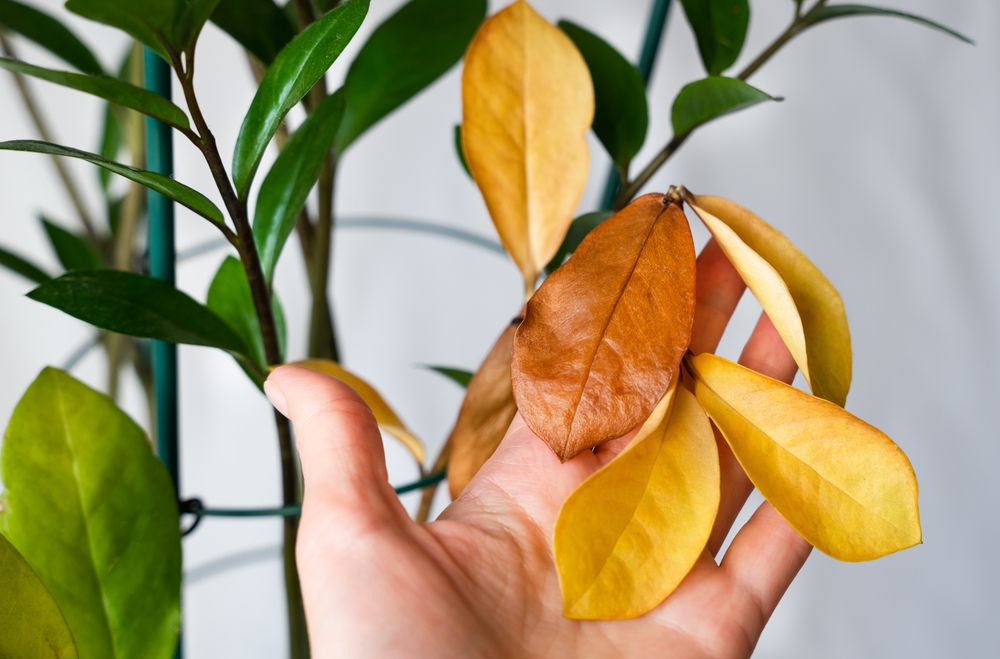
Yellowing leaves in vegetable plants can be caused by several factors, including nutrient deficiencies, overwatering, or poor drainage. A common culprit is a lack of nitrogen, which is essential for healthy leaf growth. To fix this, consider adding a nitrogen-rich fertilizer or organic compost to the soil. Make sure the plant is receiving adequate water and that the soil is well-draining to avoid waterlogged roots.
In some cases, yellowing leaves may also be a sign of a pest or disease issue. Inspect your plants for any signs of insect activity or fungal infections. If pests are present, remove them manually or use an appropriate pesticide. Regularly check the soil’s pH levels as an improper balance can also lead to nutrient deficiencies.
Blossom End Rot
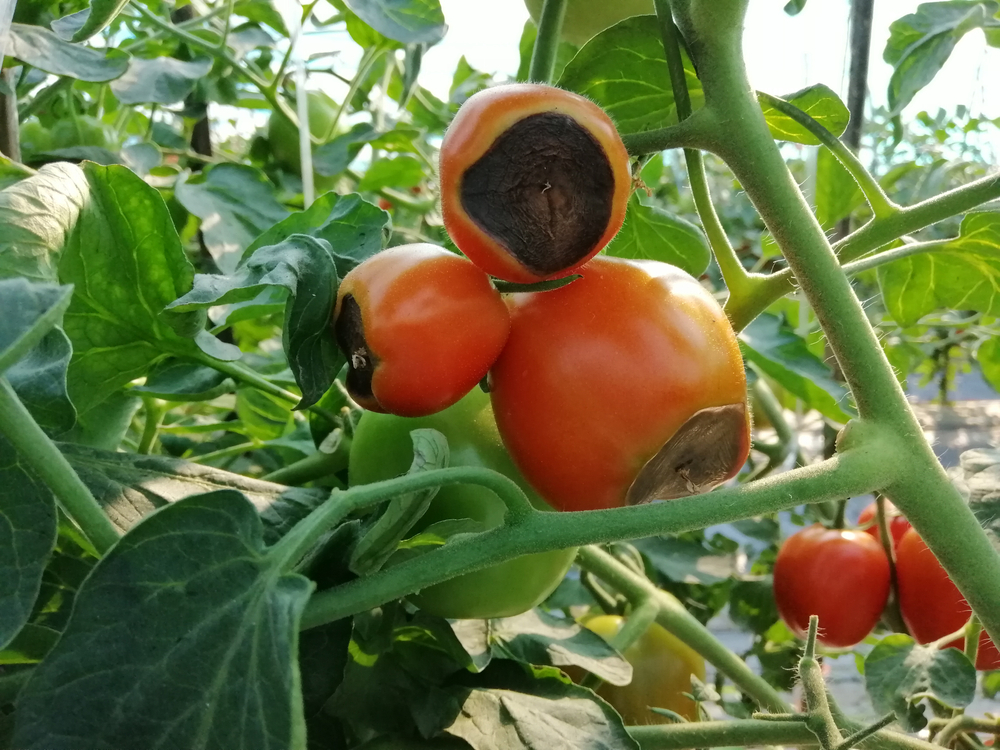
Blossom end rot is a common problem in vegetables like tomatoes, peppers, and cucumbers. It is typically caused by calcium deficiency in the soil or inconsistent watering, which disrupts calcium absorption. To address this issue, ensure your plants are receiving enough water, especially during dry spells. You can also amend the soil with lime or gypsum to increase calcium levels.
Prevention is key, so mulch around the base of your plants to maintain consistent soil moisture. Avoid over-watering or letting the soil dry out too much, as both can affect the plant’s ability to take in nutrients. Make sure to space your plants properly for good airflow and avoid overcrowding. Proper soil management and watering practices will help prevent blossom end rot.
Wilting Plants
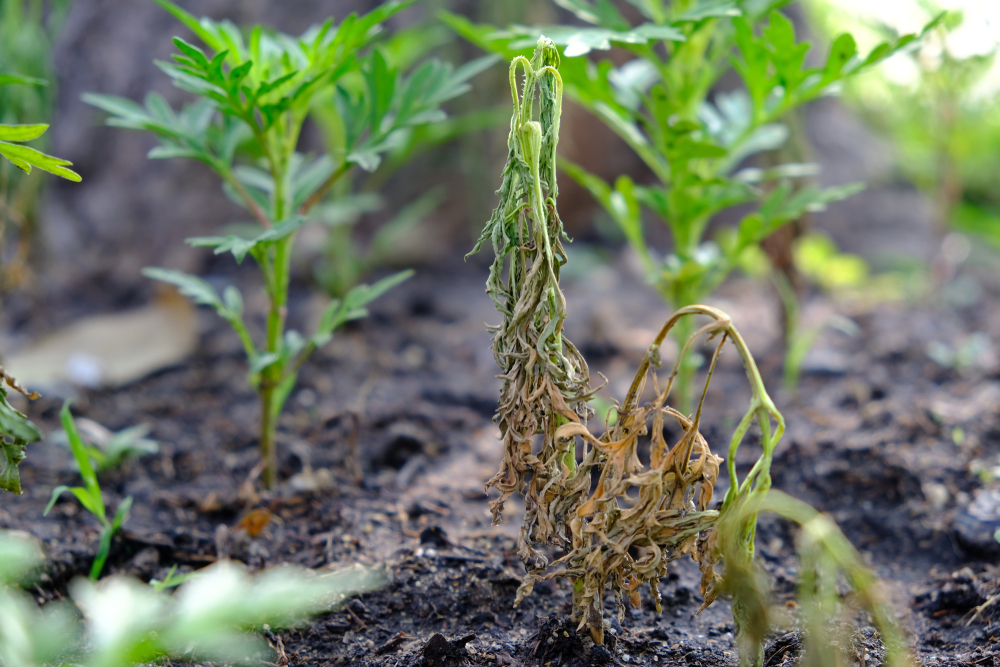
Wilting can be a result of both under-watering and over-watering. If the soil is too dry, the plant cannot take up enough water, causing its leaves to droop. On the other hand, over-watering can cause the roots to rot, preventing proper water absorption. To fix wilting, check the soil moisture levels and adjust your watering routine accordingly.
Ensure that the plants are growing in well-draining soil to prevent water from pooling around the roots. If the soil is consistently soggy, consider improving the drainage or moving the plants to a better location. In some cases, wilting can be a sign of root rot, so gently inspect the roots for any signs of decay. Healthy, well-maintained roots are crucial for the plant’s overall health.
Leaf Spotting
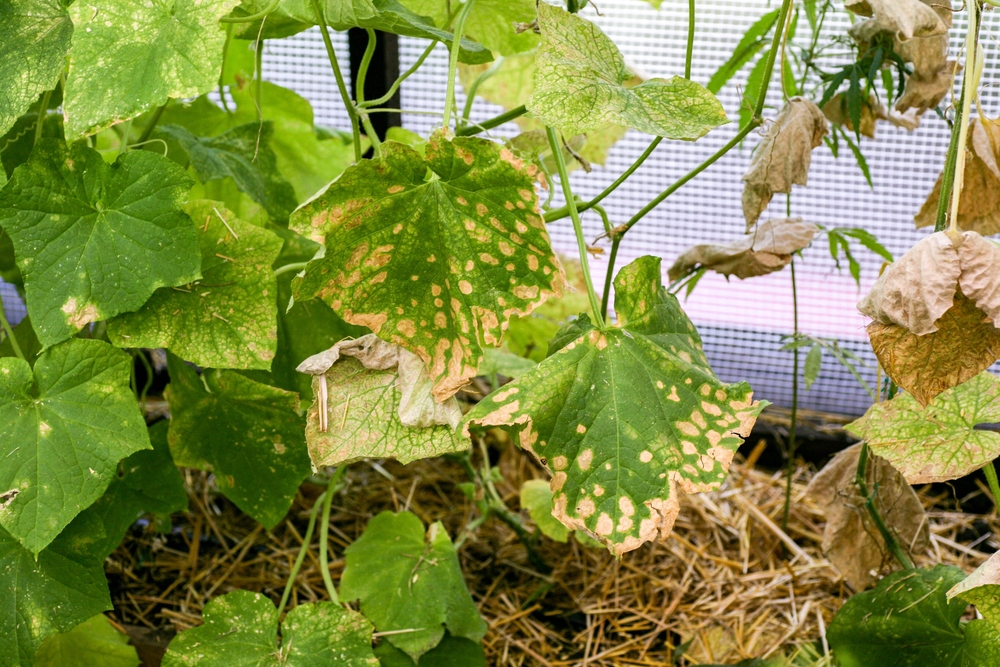
Leaf spotting is often caused by fungal or bacterial infections that appear as dark, irregular spots on the leaves. These spots can spread quickly if left untreated, leading to more severe damage to the plant. To fix this problem, remove and discard infected leaves to prevent the spread of the infection. Use a fungicide or bactericide if necessary to control the infection.
Preventative measures include ensuring good air circulation around your plants to reduce humidity, which fosters fungal growth. Avoid watering the leaves directly, as this can spread spores. Keep the garden clean by removing fallen leaves and debris, which can harbor pests and diseases. Regularly inspect your plants for early signs of infection and address them promptly.
Pests and Insects
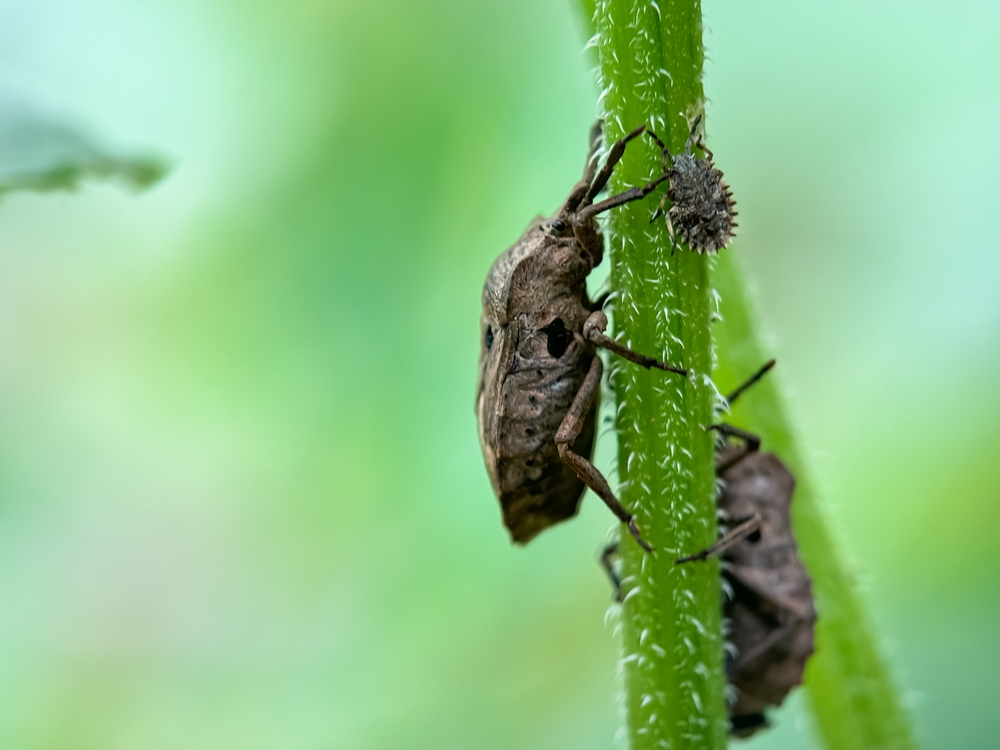
Pests such as aphids, caterpillars, and beetles can cause significant damage to vegetable plants by feeding on leaves and stems. They can weaken the plant and make it more susceptible to disease. To address this, use natural predators like ladybugs or introduce neem oil to deter pests. For larger pests, consider using row covers or insect traps to reduce the impact.
Regularly inspect your plants for signs of pests, including holes in the leaves or a sticky residue left by aphids. Remove pests manually or use insecticidal soap as an eco-friendly solution. Planting pest-repelling plants like marigolds or basil near your vegetables can also help deter certain insects. Early intervention will prevent pests from becoming a bigger issue.
Poor Fruit Set
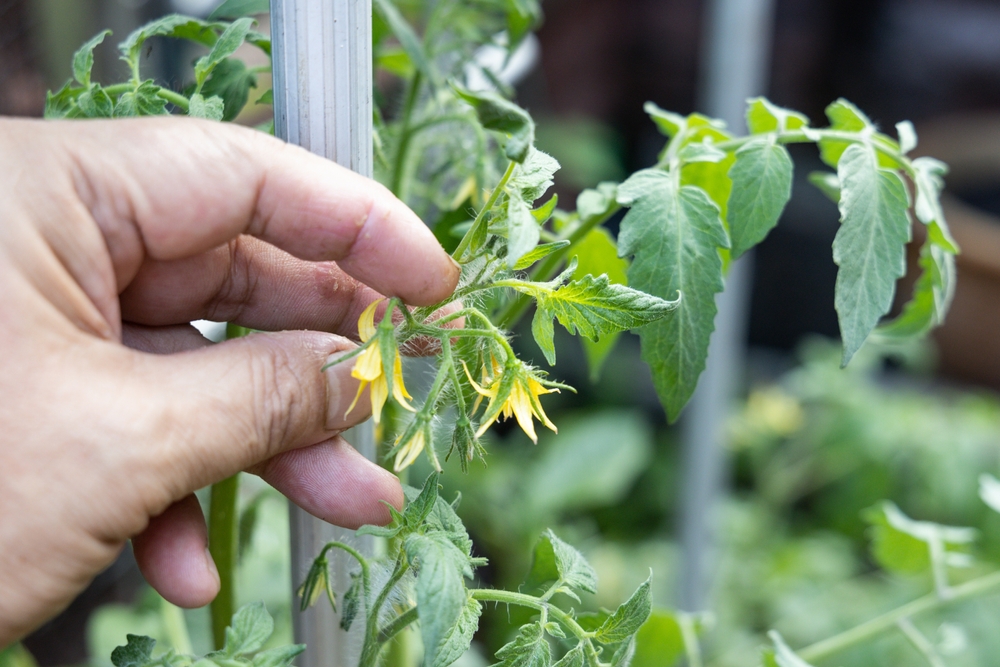
Poor fruit set in vegetables such as tomatoes and peppers can be caused by extreme temperatures or inadequate pollination. High temperatures, especially during the flowering stage, can cause flowers to drop without forming fruit. To improve fruit set, consider providing some shade during the hottest part of the day or planting at the optimal time for your region.
Pollination issues can also lead to poor fruit set, especially if there are not enough pollinators in the area. Encourage pollination by planting flowers that attract bees and other pollinators. You can also hand-pollinate by gently shaking the plant or using a small paintbrush to transfer pollen between flowers. Ensuring proper plant care and pollinator activity will increase your chances of a bountiful harvest.
Stunted Growth
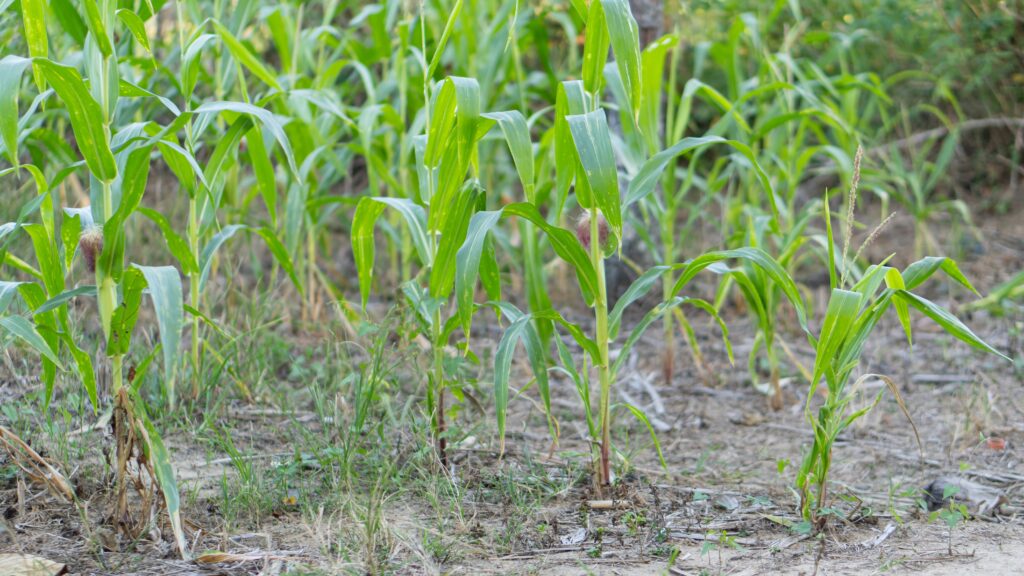
Stunted growth in vegetable plants can be caused by poor soil conditions, nutrient deficiencies, or pest infestations. If your plants are not getting enough nutrients, they will struggle to grow and develop properly. To fix this, consider fertilizing your plants with a balanced nutrient mix to ensure they are receiving what they need. Regularly check for pests and diseases that could be hindering growth.
Soil quality plays a significant role in healthy plant development. Perform a soil test to determine if it is lacking in any key nutrients, such as nitrogen, phosphorus, or potassium. Improving soil structure with organic matter or compost can also enhance growth. Maintaining optimal growing conditions will help your plants thrive.
Cracked Tomatoes
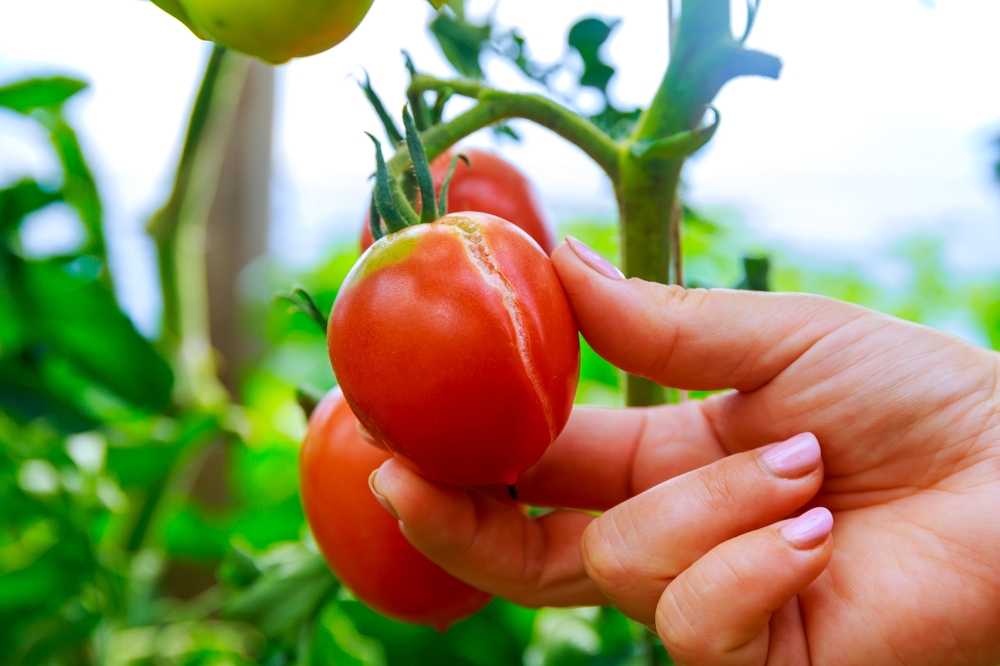
Cracked tomatoes are often caused by inconsistent watering, where a dry period is followed by heavy watering. The rapid absorption of water can cause the fruit to swell faster than the skin can handle, leading to cracks. To prevent this, maintain consistent moisture levels in the soil and water evenly throughout the growing season.
Mulching around the base of your tomato plants can help regulate soil moisture and prevent rapid fluctuations. Avoid overhead watering, which can cause water to collect in the fruit, and opt for deep watering methods instead. If you notice cracks, promptly harvest the fruit to prevent further damage or rotting. Keeping watering practices steady will help avoid cracked tomatoes.
Yellowing or Curling Leaves
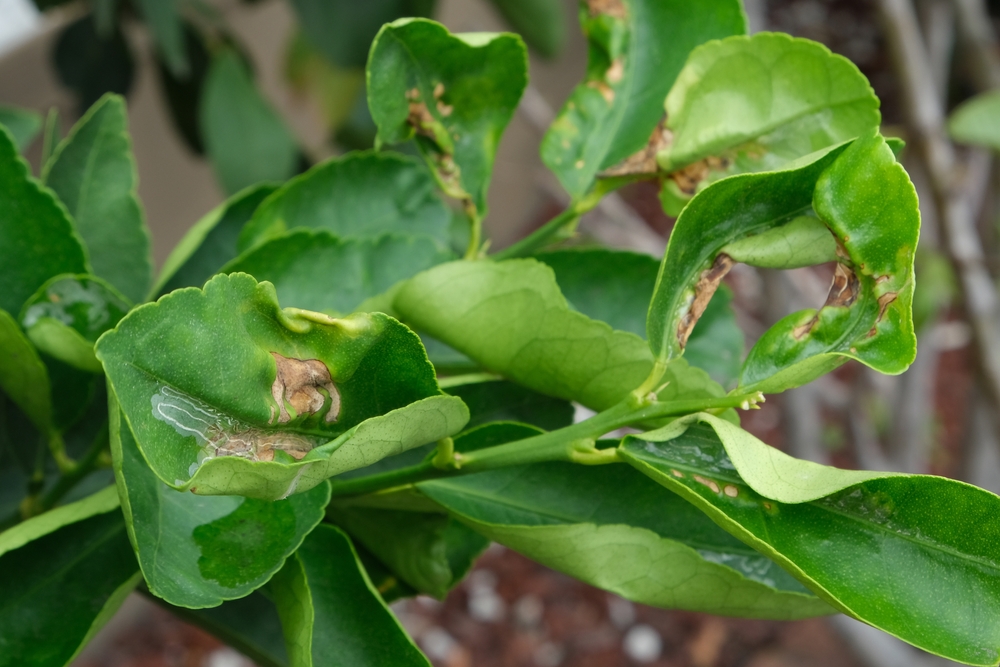
Yellowing or curling leaves can indicate several issues, such as a nutrient deficiency, pest damage, or even environmental stress. Nitrogen deficiency is a common cause of yellowing leaves, while pests like aphids can cause leaves to curl. If the issue is a nutrient deficiency, apply a balanced fertilizer to replenish the necessary nutrients.
Inspect the plant for signs of pest infestations, such as small holes or sticky residue. If pests are not the cause, check for environmental stress factors such as extreme heat or insufficient water. Addressing these issues early can help restore the plant’s health and prevent further damage to the leaves.
Overcrowding
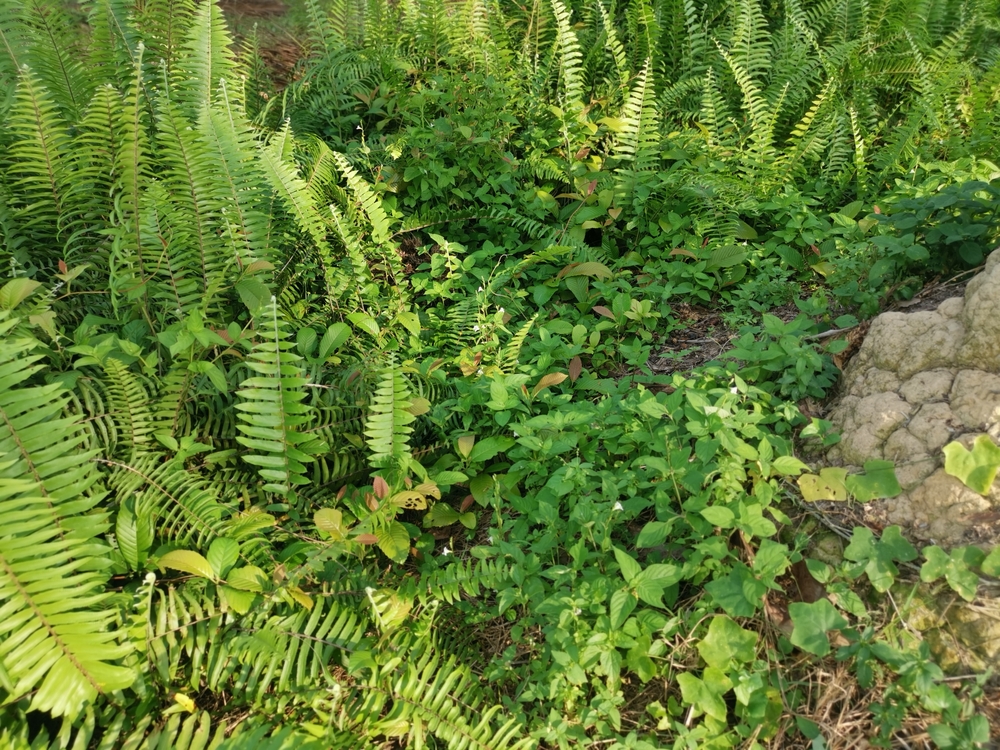
Overcrowding in the garden can limit airflow and sunlight, leading to weak plants that are more susceptible to disease. It also results in competition for water and nutrients, stunting plant growth. To fix overcrowding, thin out your plants by removing some to give others more space to grow.
Proper plant spacing is crucial for ensuring that each plant receives enough sunlight and resources. Consider the mature size of your plants when deciding where to place them. If necessary, relocate some plants to a different part of the garden or containerize them for easier management. Maintaining proper spacing promotes healthy growth and reduces the risk of disease.
Root Rot
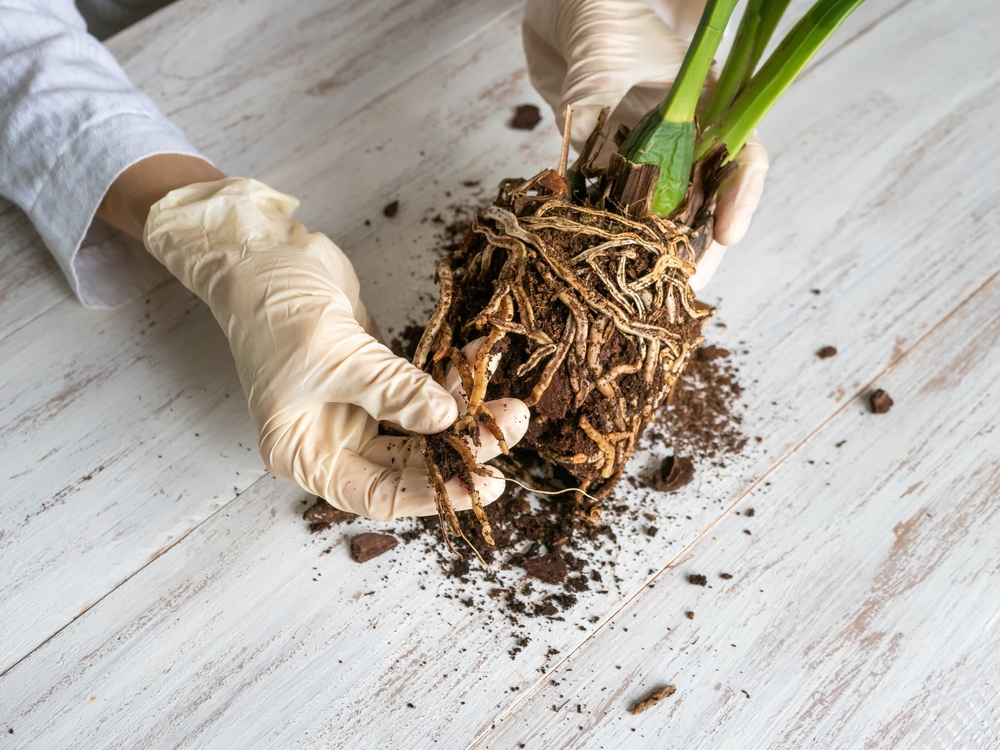
Root rot is a serious condition caused by excessive moisture or poor drainage in the soil. Plants affected by root rot often show signs of wilting, yellowing leaves, and stunted growth. To address this issue, ensure that your garden has well-draining soil and avoid over-watering your plants. Remove affected plants and, if possible, treat the soil with a fungicide to prevent the spread of the disease.
To prevent root rot, it is important to monitor your watering habits carefully. Water deeply but infrequently, allowing the soil to dry out between waterings. Consider using raised beds or containers for plants that are more susceptible to waterlogging. Good drainage practices and careful watering will help protect your plants from root rot.
Powdery Mildew
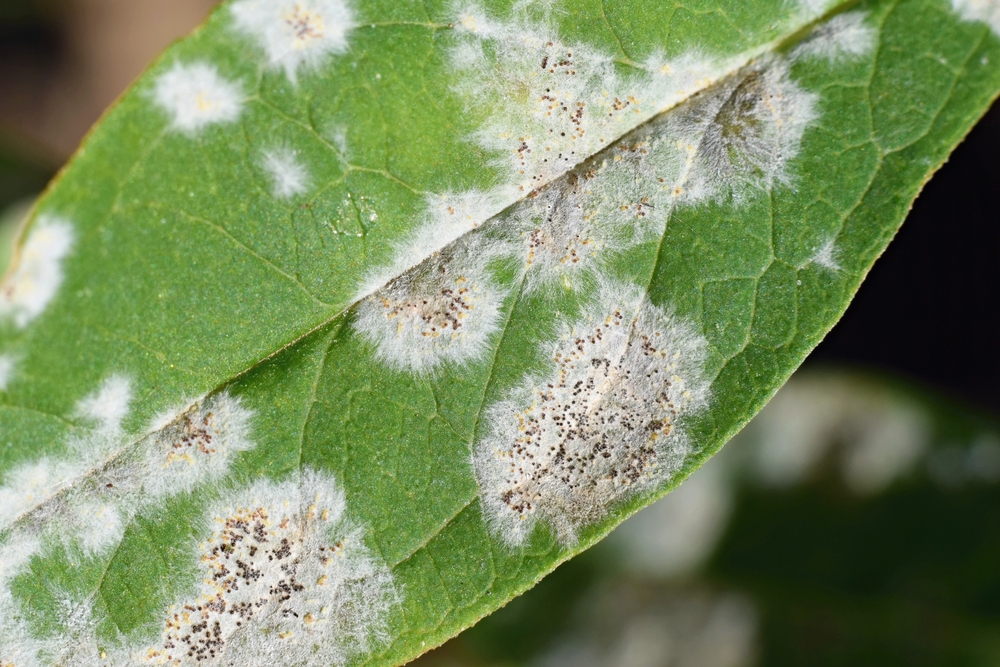
Powdery mildew is a fungal disease that appears as white, powdery spots on the leaves and stems of plants. It thrives in warm, dry conditions with poor air circulation. To fix this problem, remove infected leaves and use a fungicide to prevent further spread. Increase air circulation around the plants by spacing them further apart and avoiding overcrowding.
Preventing powdery mildew requires regular maintenance, including ensuring plants are not overly crowded and avoiding overhead watering. You can also use natural remedies like a mixture of baking soda and water to treat mild cases. If the disease persists, consider selecting more resistant plant varieties in the future. Early detection and prompt action are key to managing powdery mildew effectively.
Dealing with common gardening problems is part of the process, but the right approach can help your vegetables flourish. Taking preventive steps and staying on top of plant care will make a significant difference in your gardening success. Keep these tips in mind and watch your garden thrive throughout the season.
This article originally appeared on Avocadu.
